
 Flash News
Flash News
Drenova prison police officer arrested for bringing drugs and illegal items into cell
Lavrov: NATO is risking self-destruction with new military budget
Kurti and Vučić "face off" tomorrow in Skopje
Construction worker dies after falling from scaffolding in Berat
The prosecution sends two Korça Municipality officials to trial
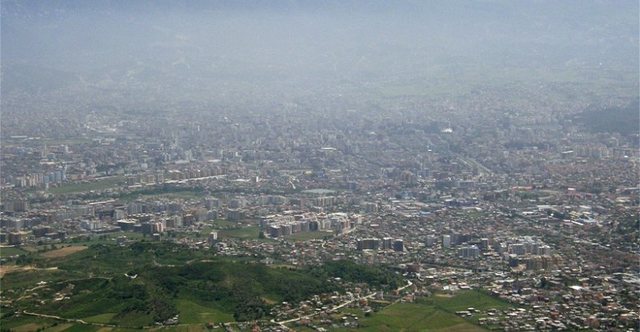
Various areas of the capital continue to face air and noise pollution that exceed the norms set by the European Union. The pollution comes mainly from construction and car traffic and fluctuates depending on meteorological conditions and the seasons.
According to a report by the Institute for Habitat Development "Co-Plan", conducted at 13 monitoring points in the capital, air quality varies in different periods, with a worsening trend. The monitoring was carried out during the period August-December 2024, including the summer, autumn and early winter seasons.
During monitoring in the small ring road of Tirana, several stations have recorded air pollution exceeding the established standard of 350 parts per million (ppm).
In August, the highest level of pollution was observed in the boulevard area and near the “Mihal Grameno” school. Meanwhile, in the city center, at the Pyramid and the Madrasa area, pollution values were lower.
In the second round of monitoring, a significant increase in pollution was observed compared to August.
"The most pronounced increase was observed in the 'New Market' area with a value of 610 ppm and 'Black Bird' with 546 ppm," the report states.
At the Piramide and “Selman Stërmasi” stadium stations, the pollution level remained unchanged and below the established standard. This change in the measurement results is related to meteorological conditions that have affected the distribution of pollutants, as well as intensified urban activities, including the increase in vehicles and the increase in population movement.
In the third and fourth measurements, air pollution is distributed to other parts of the city. Areas such as the New Bazaar and the 21 December intersection are below the permitted standard, having better air conditions, while areas such as Medreseja and Zogu i Zi have recorded pollution levels that exceed the standard.

"Pollution at some stations has reached high levels and exceeded the standard. The stations 'Shkolla M. Grameno' (441 ppm) and 'Stadium Dinamo' (475 ppm) reported high pollution, suggesting a deterioration in air quality compared to previous days," the report said.
Other stations, such as TR4 'Pazari i Ri' (379 ppm) and TR6 'Krqezim i 21 Djetorit' (422 ppm), remain close to the permitted limit.
Pollution from dust, fuel combustion and industrial processes
According to the report, in the 13 monitored stations, there were exceedances of standards for PM 2.5 and PM 10 particles, which come mainly from dust, fuel combustion and industrial processes.
In the first round of monitoring, 12 out of 13 stations recorded values above the acceptable limit.
“The exception was the station 'Shkolla M. Grameno', which remained below the limit (11 µg/m³), but was very close to it. The highest concentrations were recorded at 'Rrugë e Kavajës' (22 µg/m³) and 'Pazari i Ri' (20 µg/m³), reflecting the great impact of heavy traffic and intensive urban activities in these areas.”

For PM 10 particles, 11 out of 13 stations exceeded the limit, releasing dust particles into the air.
"Only 'M. Grameno School' and 'Dinamo Stadium' remained within the permitted limit, while the highest pollution was recorded in 'Zogu I Boulevard' (26.8 µg/m³) and 'Bardhyl Street' (27 µg/m³)," the report states, while emphasizing the impact of vehicle traffic and construction activities in these areas.
Overall, across all measurement rounds, an average of 10-12 stations have recorded high PM 2.5 pollution, especially in areas with heavy traffic and dense urban activities, such as Kavaja Road, Zogu i Zi and Pazari i Ri.
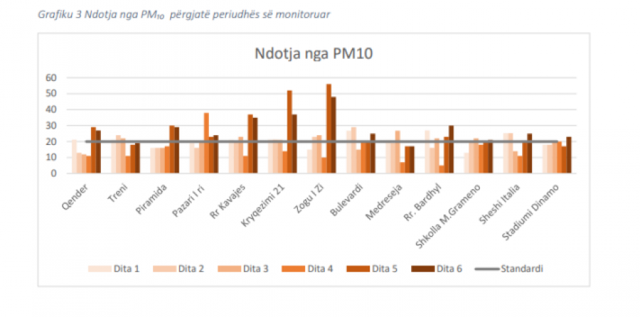
While for PM₁₀ particles, there were regular exceedances at 10–11 stations, "with higher pollution in "Zogu i Zi" and "Krqëzim i 21 Djetorit," areas known for high traffic flow and intensive construction."
Regarding the measurement of nitrogen dioxide (NO2) in the air, it is noted that on average 10-12 stations each day have recorded levels above the standard.
“The data shows that pollution has been particularly high in areas with heavy traffic and intense urban activities, including “21 December Crossroads,” “New Market,” and “Black Bird,” which continue to record the highest pollution concentrations,” the report says.
The most alarming levels were measured at the December 21 intersection, which is ranked as the most polluted area.
Regarding noise pollution, the report shows that the noisiest areas are the New Bazaar, the 21 December intersection, Kavaja Street, and Italia Square. In contrast, Zogu i Zi has consistently recorded the lowest noise levels (around 56-58 dB), appearing as a quieter and more suitable area for living.
The main causes of noise pollution are heavy traffic and the presence of commercial activities and services in these areas.
The experts who drafted the report suggest that the Municipality of Tirana draft a local action plan to improve air quality, by reducing emissions from the transport and construction sectors.
Also, increasing green areas, planting native vegetation, and stimulating green facades or vertical greenery are some of the ways to reduce air and noise pollution./ Citizens.al /
Latest news


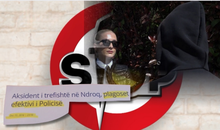


Israel-Iran conflict, Bushati: Albanians should be concerned
2025-06-30 21:32:42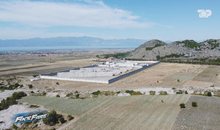

Fuga: Journalism in Albania today in severe crisis
2025-06-30 21:07:11
"There is no room for panic"/ Moore: Serbia does not dare to attack Kosovo!
2025-06-30 20:49:53
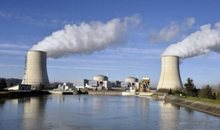
Temperatures above 40 degrees, France closes nuclear plants and schools
2025-06-30 20:28:42
Lavrov: NATO is risking self-destruction with new military budget
2025-06-30 20:13:54
Turkey against the "Bektashi state" in Albania: Give up this idea!
2025-06-30 20:03:24

Accused of sexual abuse, producer Diddy awaits court decision
2025-06-30 19:40:44
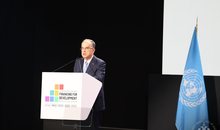


Kurti and Vučić "face off" tomorrow in Skopje
2025-06-30 18:44:12
Tourism: new season, old problems
2025-06-30 18:27:23

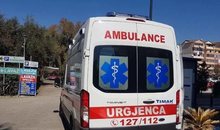
Construction worker dies after falling from scaffolding in Berat
2025-06-30 17:51:44
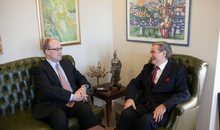

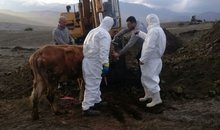
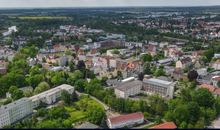
Almost free housing: East Germany against depopulation
2025-06-30 16:43:06

Hamas says nearly 60 people killed in Gaza as Trump calls for ceasefire
2025-06-30 16:14:15
Drownings on beaches/ Expert Softa: Negligence and incompetence by institutions!
2025-06-30 16:00:03


European ports are overloaded due to Trump tariffs
2025-06-30 15:30:44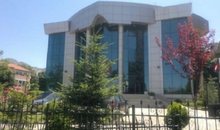
The prosecution sends two Korça Municipality officials to trial
2025-06-30 15:19:54
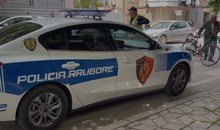
Lezha/ Police impose 3165 administrative measures, handcuff 19 drivers
2025-06-30 14:55:04
Young people leave Albania in search of a more sustainable future
2025-06-30 14:47:52
Record-breaking summer, health threats and preventive measures
2025-06-30 14:36:19

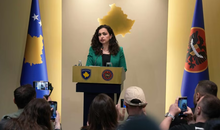
Constitution of the Parliament, Osmani invites political leaders to a meeting
2025-06-30 14:07:54
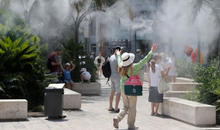
Heat wave 'invades' Europe, Spain records temperatures up to 46 degrees Celsius
2025-06-30 13:42:02
Accident in Vlora, car hits 2 tourists
2025-06-30 13:32:16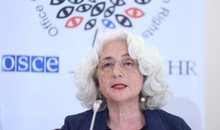

Kurti confirms participation in today's official dinner in Skopje
2025-06-30 13:03:27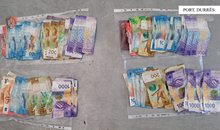

Fight between 4 minors in Kosovo, one of them injured with a knife
2025-06-30 12:38:45

Report: Teenage girls the loneliest in the world
2025-06-30 12:20:40
Commissioner Kos and Balkan leaders meet in Skopje on Growth Plan
2025-06-30 12:07:59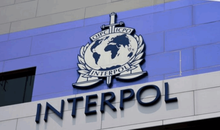
Wanted by Italy, member of a criminal organization captured in Fier
2025-06-30 11:55:53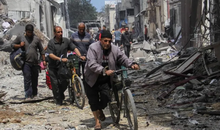
Hundreds of families displaced by wave of Israeli airstrikes in Gaza
2025-06-30 11:45:17
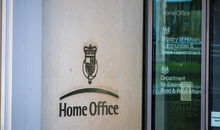
Zenel Beshi: The criminal who even 50 convictions won't move from Britain
2025-06-30 11:23:19
A new variant of Covid will circulate during the summer, here are the symptoms
2025-06-30 11:14:58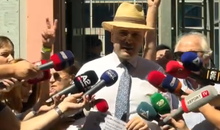
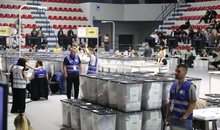
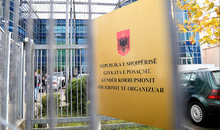
"Partizani" case, trial postponed to July 21 at the Special Court
2025-06-30 10:41:05
Uncontrolled desire to steal, what is kleptomania, why is it caused
2025-06-30 10:30:08
Requested change of security measure, hearing for Malltez postponed to July 7
2025-06-30 10:24:32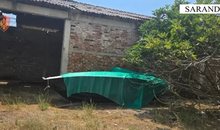
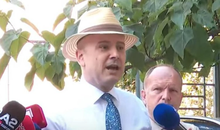

Output per working hour in Albania 35% lower than the regional average
2025-06-30 09:54:35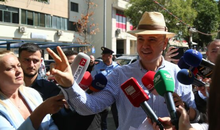

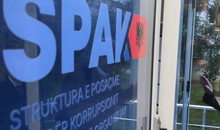
The trial for the "Partizani" file begins today
2025-06-30 09:27:57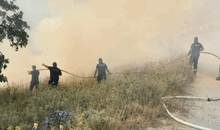
22 fires in the last 24 hours in the country, 2 still active
2025-06-30 09:21:28
How is the media controlled? The 'Rama' case and government propaganda
2025-06-30 09:13:36
German top diplomat: Putin wants Ukraine to capitulate
2025-06-30 09:00:07
Foreign exchange, how much foreign currencies are sold and bought today
2025-06-30 08:44:38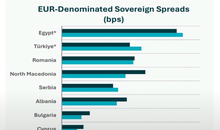
Chart/ Sovereign risk for Albania from international markets drops significantly
2025-06-30 08:26:38
Horoscope, what do the stars have in store for you?
2025-06-30 08:11:44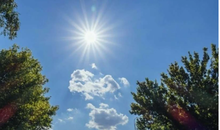
Clear weather and passing clouds, here is the forecast for this Monday
2025-06-30 07:59:32
Morning Post/ In 2 lines: What mattered yesterday in Albania
2025-06-30 07:47:37
Milan make official two departures in attack
2025-06-29 21:57:23
6 record tone
2025-06-29 21:30:46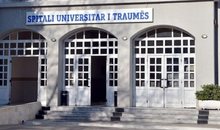
4-year-old girl falls from balcony in Lezha, urgently taken to Trauma
2025-06-29 21:09:58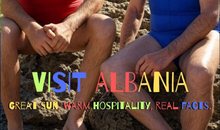


Assets worth 12 million euros seized from cocaine trafficking organization
2025-06-29 19:39:43
Fire in Durrës, Blushi: The state exists only on paper
2025-06-29 19:17:48
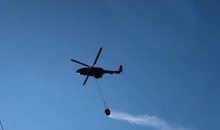
Fire endangers homes in Vlora, helicopter intervention begins
2025-06-29 18:27:51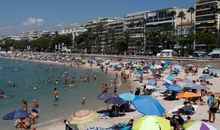
France implements smoking ban on beaches and parks
2025-06-29 18:02:08
England U-21 beat Germany to become European champions
2025-06-29 17:42:49
Trump criticizes Israeli prosecutors over Netanyahu's corruption trial
2025-06-29 17:08:10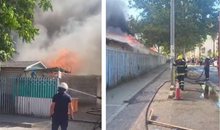
Street market in Durrës engulfed in flames
2025-06-29 16:52:57
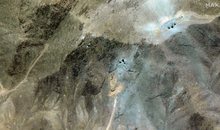
UN nuclear chief: Iran could resume uranium enrichment within months
2025-06-29 16:03:24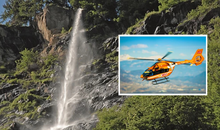
Albanian man dies after falling from cliff while climbing mountain in Italy
2025-06-29 15:52:01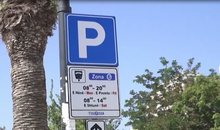
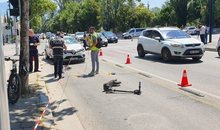
Another accident with a single-track vehicle in Tirana, a car hits a 17-year-old
2025-06-29 15:07:15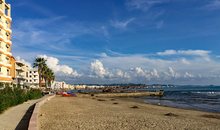
While bathing in the sea, a vacationer in Durrës dies
2025-06-29 14:54:01
Sentenced to life imprisonment, cell phone found in Laert Haxhiu's cell
2025-06-29 14:26:40
77 people detained in protest, Vučić warns of new arrests
2025-06-29 14:07:46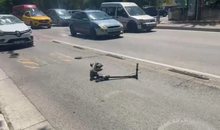
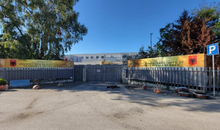
From a hospital for children to a prison for politicians
2025-06-29 13:34:02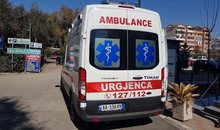
77-year-old man found dead in Pogradec
2025-06-29 13:13:10
